LiFi Technology in Education
Responsible digital tech without wires or radio waves
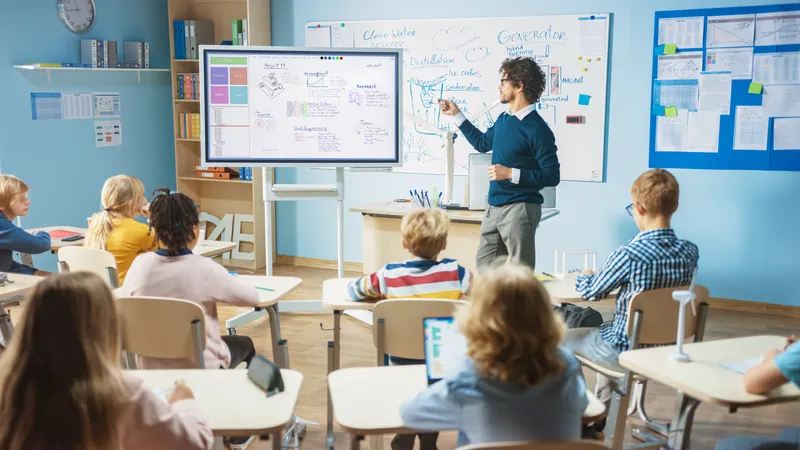
Responsible Digital Technology in Education Without Wires Or Radio Waves
Using assistive technologies in the classroom can make education innovative and fun. As digitization becomes a part of life, integrating the latest technological advancements into education is the new normal. Teaching through video lectures, live online classes, conducting online tests, and distributing coursework on school websites are some popular cases where technology is applied to learning. As such scenarios take over the world of schooling, a fast and secure internet network is vital for the success of the modern education system.
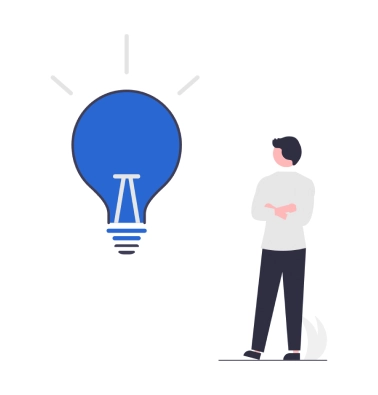
The Advantages of LiFi in Education
Health
Radio waves raise significant questions and concerns due to perceived adverse health effects, particularly for children. Yet, they are heavily used around the world as WiFi technology relies on radio frequency signals to transmit data. This makes exposure to unhealthy radio frequencies in public spaces unavoidable. WiFi in schools, libraries, and educational centers exposes children to prolonged signals, potentially harming their health. LiFi technology in education can do away with this health hazard, as it uses light waves for data transmission. So, using LiFi in education can improve public health and well-being by protecting students from overexposure to radio waves with invisible light technology!
Eco-responsibility
Traditional internet connections can be expensive, owing to the high costs of installation and maintenance. LiFi offers an environment-friendly alternative, as LED bulbs used in LiFi networks are far more energy-efficient than most traditional networks. Unlike WiFi, LiFi access points use minimal energy and do not require electric power like modems, routers, antennas, and amplifiers. It exploits the light spectrum to offer a superior performance-to-energy consumption ratio. Due to this, using LiFi technology in the classroom could decrease the carbon footprint of digital learning by up to 50%.
Connection quality
LiFi in schools can provide consistently stable connectivity, very low latency, and data transfer rates surpassing that of traditional WiFi. This is because visible light is higher in frequency than radio waves, resulting in increased bandwidth and speed for LiFi communication. Besides, the light spectrum is much less crowded than the radio frequency spectrum used for WiFi. LiFi technology in schools allows for smoother connectivity as there is a reduced likelihood of interference from other devices. So, Oledcomm LiFi facilitates stable connectivity of educational networks by integration of light-based wireless communication systems.
Security
LiFi technology in education can boost network security for schools by employing light-frequency signals for communication. LiFi relies on the inherent security of light waves which cannot pass through walls, so they are only accessible within their assigned coverage zone. Visible light communication is undetectable, non-interceptable, and cannot be interfered with outside the room. This allows for utmost security in data transfer and safeguards the privacy of sensitive information such as student records maintained in institutional databases.
Mobility
Integrating LiFi technology in school systems can help in maintaining connections with free-moving devices within the coverage zone of an internet network. Fast-traveling light signals are ideal for creating responsive, real-time communication in dynamic environments. This means that users are able to move around frequently and still stay connected to the internet through an agile wireless signal. Educational institutions can leverage the benefits of technology in the classroom, particularly the mobility offered by LiFi technology. This involves establishing LiFi internet connections that have the potential to cover the entire campus or specific rooms. As a highly adaptable classroom technology, LiFi can maintain its connectivity as long as a LiFi-enabled device stays in line of sight with the LED light source.
Performance
LiFi has several features that aid its potential for better performance when compared to traditional internet technologies. The light signals used in a LiFi network are proven to offer better stability, higher speed, and lower latency than WiFi. The nature of visible light communication makes it one of the safest mediums for data transmission in closed spaces. LiFi can improve the performance of assistive technologies in classrooms by offering enhanced security, speed, and energy efficiency!
FAQs
What is LiFi technology, and how does it contribute to the digital transformation of learning environments and teaching technology?
How does LiFi technology address health concerns in educational settings, and what makes it a healthier option compared to WiFi?
What eco-friendly advantages does LiFi offer in the context of education, and how does it reduce the carbon footprint of digital learning?
How does LiFi technology enhance network security for schools, and what are its key features in ensuring the privacy of sensitive information?
In what ways does LiFi technology support mobility in educational institutions, and how can it benefit users with free-moving devices?
Why LiFi Technology in School is Safest
More responsible connectivity
Our solutions reduce children’s exposure to radiofrequency waves and meet the requirements of the Abeille law and the recommendations of the ANSES.
Did you know?
The Abeille law imposes limits on exposure to electromagnetic waves in certain sensitive areas such as elementary school, childcare centers and nurseries. The law prohibits “wireless internet access (wifi) in areas dedicated to children’s reception, rest and activities”.
Comparative diagram of the electromagnetic field intensity between WiFi and LiFi
Better connectivity
- Nos solutions offrent une meilleure stabilité et une latence réduite (<0,5ms)
- The absence of radio interference avoids network saturation
- Bandwidth is shared more equitably, thanks to Oledcomm’s patented technology
*Context of the measurement: available speed during the test: 93/90Mbps. 12 users connected simultaneously. Measured with speedtest.net
Use cases
Education LiFi

Childcare centers/nurseries
Provide wireless and efficient connectivity to staff while complying with the Abeille law
- Create a dedicated connectivity space in your lobby, activity area, executive office and break room with our LiFiMAX Education® solution
- Operate timekeeping and child monitoring software with agility
- Share photos and videos with parents in real time
Kindergarten & Elementary school
To allow the implementation of new innovative educational activities even with the youngest children
- Create a dedicated connectivity space in your kindergarten classrooms
- Designing digital and mobile educational workshops with the LiFiMAX® tablet
- Implement new teaching methods
- Protect the health of the youngest by avoiding overexposure to radio waves
Middle schools, high schools and higher education
Provide better quality, security and reliability of connection to your students and teachers
- Equip your classrooms, technology rooms and laboratories with our high-speed LiFiMAXEducation solutions, which are reliable and capable of handling high traffic density
- Provide a secure, high-performance solution in your staff rooms
- Enable optimal data security for teachers and administrators
Our range of products
Education LiFiMAX®
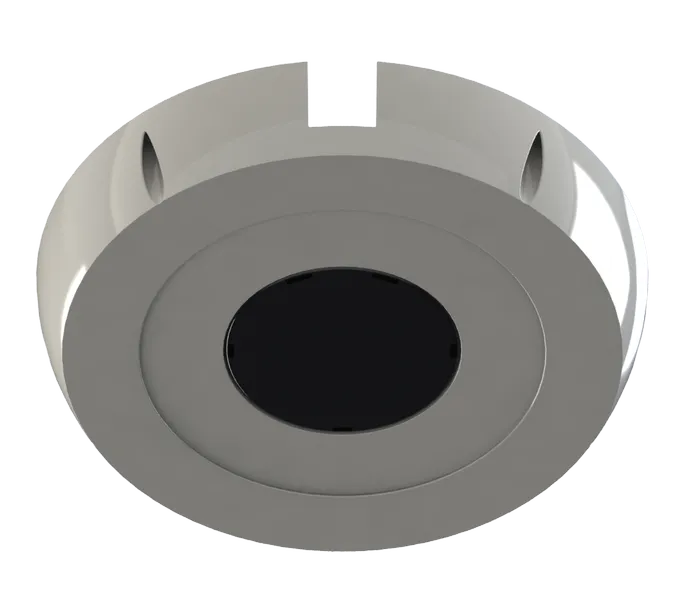
Access point
Allows access to the network, contains the intelligence of the LiFi system, including the LiFiMAXController®.
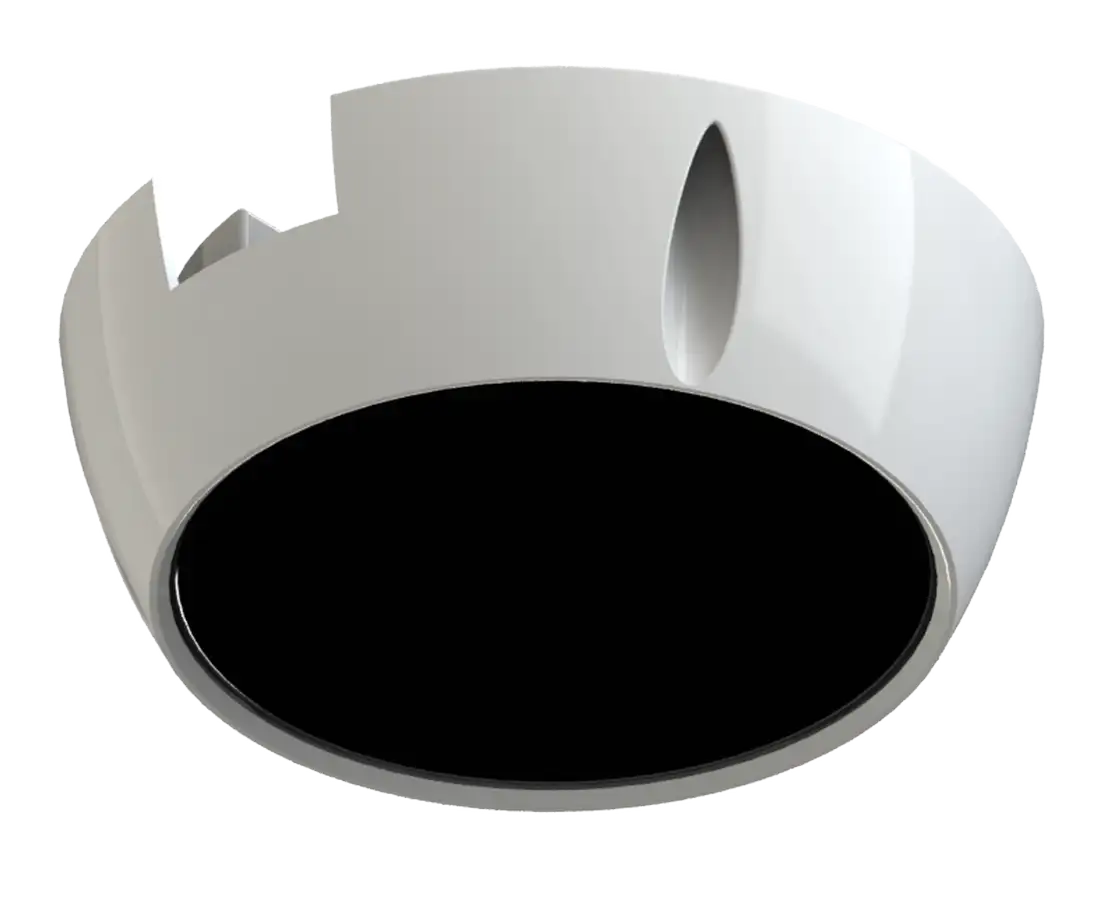
Antenna
A transmitter and signal repeater that allows optimal coverage of the space.
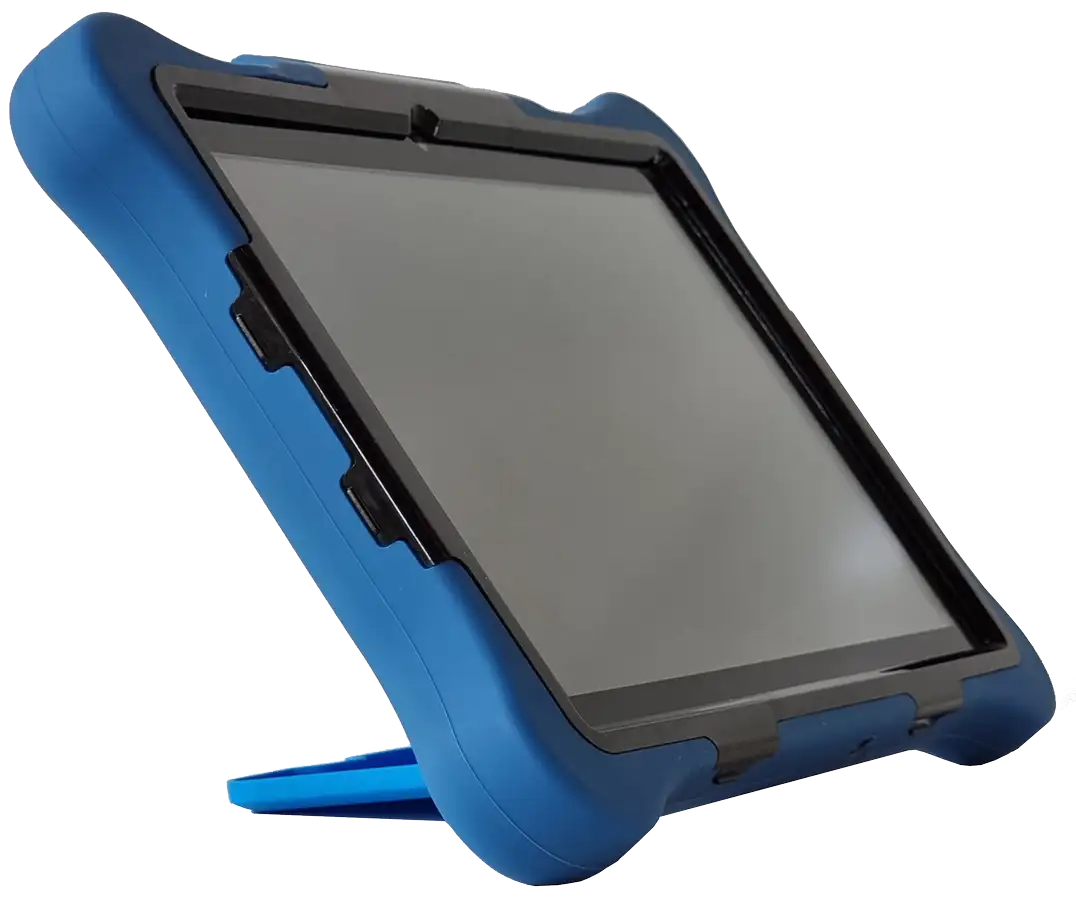
LiFi Tablet
The world’s first LiFi and WiFi enabled tablet.
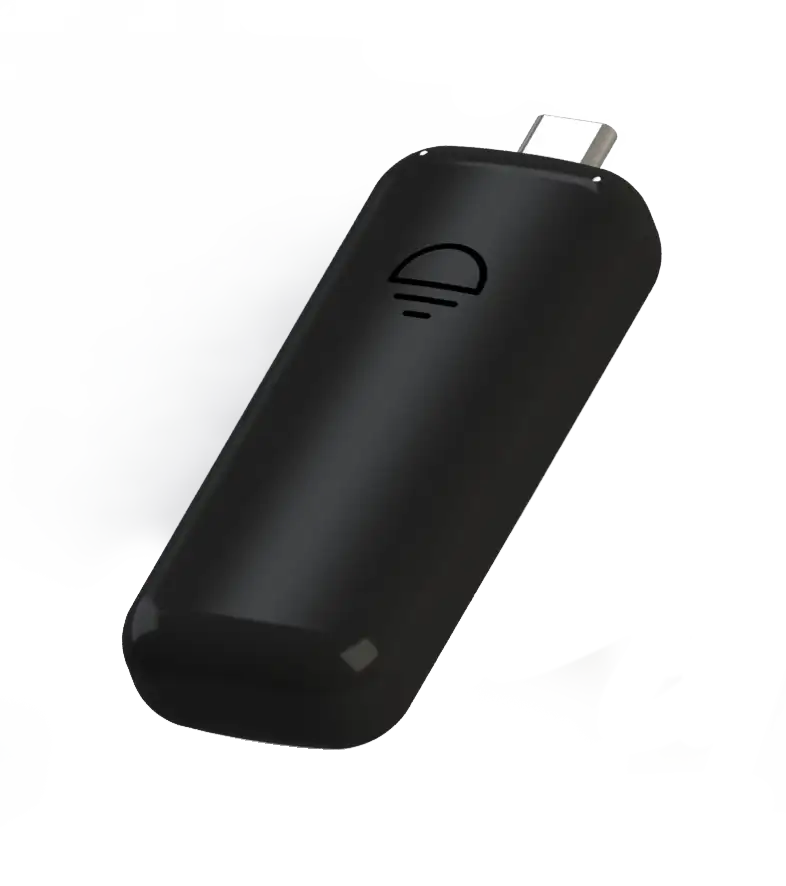
LiFi Key
To connect computers, tablets and smartphones in plug and play.
Contact us for custom LiFi shells for your Apple and Android tablets
They're talking about us
Testimonials
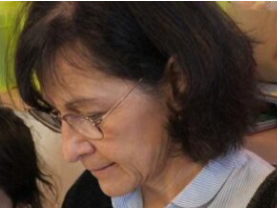

Partners
They trust us
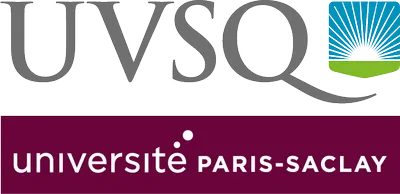

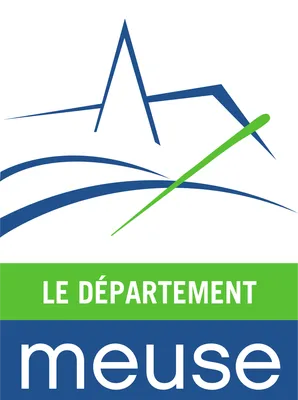
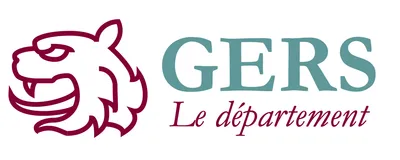
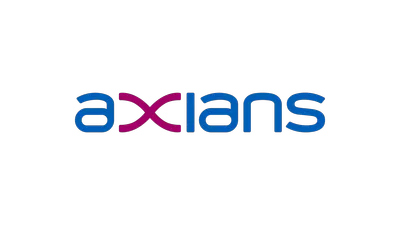


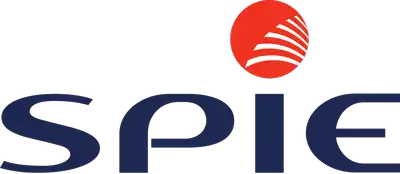
Let's build together the responsible digital education of tomorrow!
Fill out the form via the link below and a member of our team will respond as soon as possible.
Home > Education